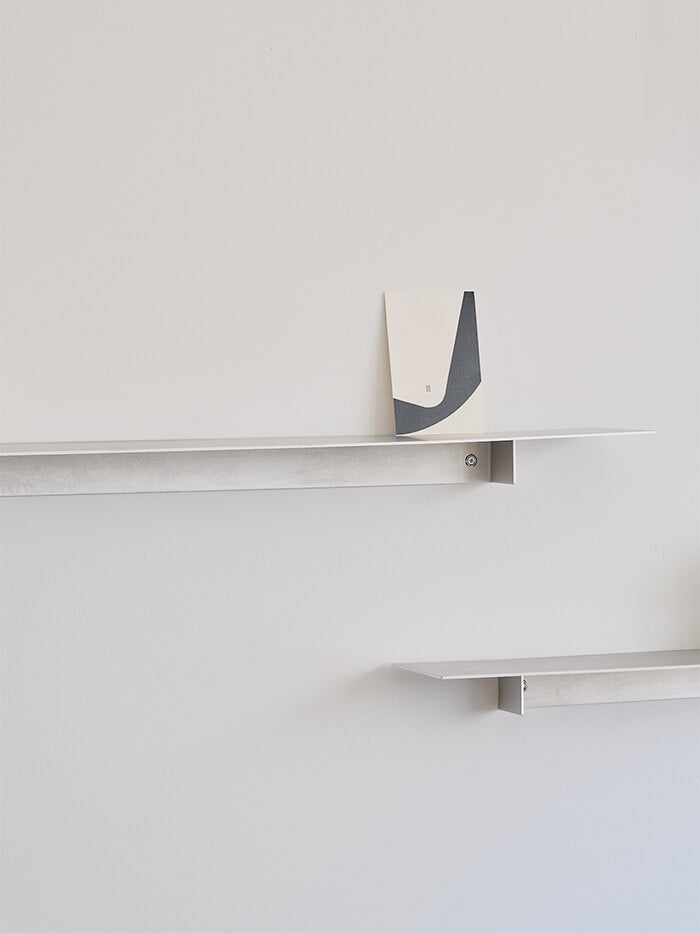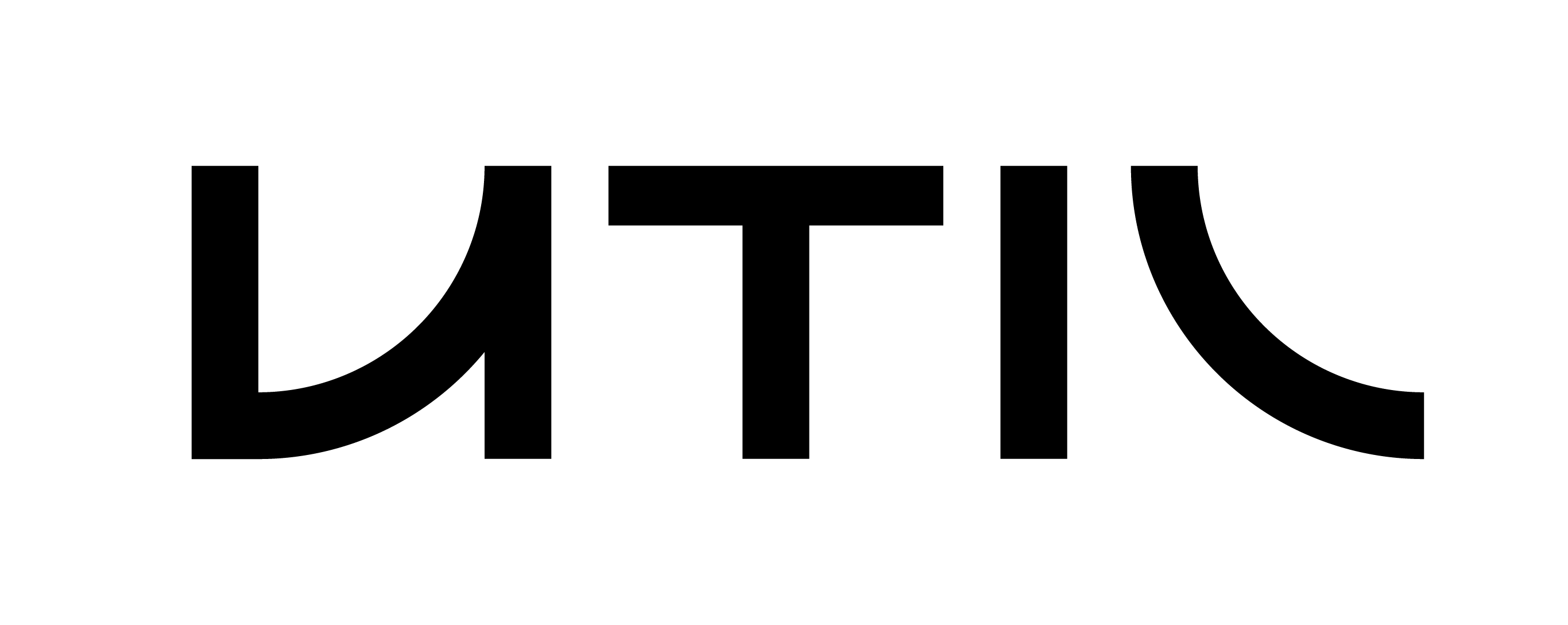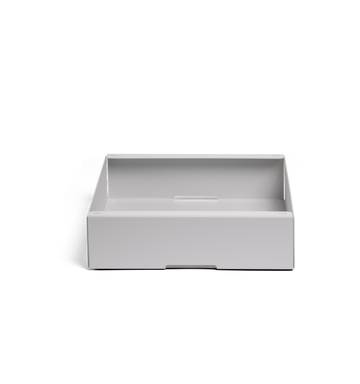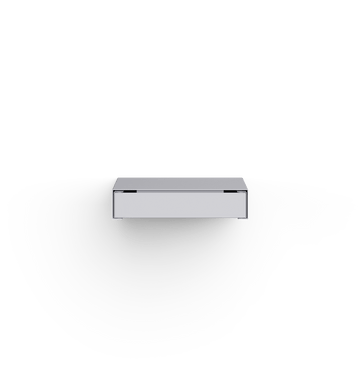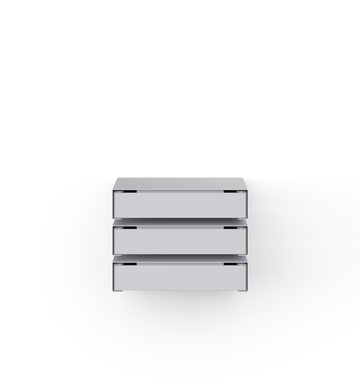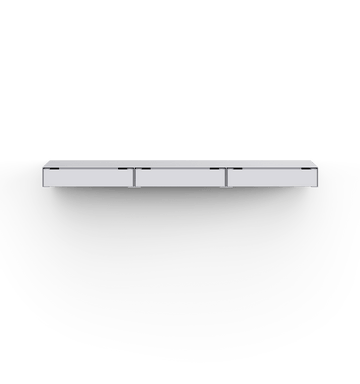Wade Jeffree and Leta Sobierajski are the duo behind Wade and Leta, a Brooklyn-based studio where graphic design, sculpture, and installation all collide in full colour. Since starting out in 2016, their practice has evolved into something far more expansive, creating joyful, immersive experiences that live everywhere, from city streets to cultural institutions around the world.

Rooted in form and colour, their work blends hands-on craft with a strong sense of play, drawing from everything from anime and architecture to personal obsessions with sumo, tea, and intergalactic oddities. Whether working from their studio in New York or travelling through Tokyo, Wade and Leta blur the lines between life and practice, and they wouldn’t have it any other way.
We first met them at their installation at Rockefeller Center in NYC, the Luminous Reflection Point, where visitors were invited to engage and interact with the suspended shapes to expose a mirrored or otherwise coloured surface — a project that took them a year to conceive and successfully implement. Afterwards, over tea in their striking Brooklyn apartment, we chatted about collaboration, their home, and how they keep bringing joy into everything they do.

Can you tell us a bit about yourselves and your studio?
We’re Wade and Leta, a duo who produce design-driven artworks, installations, and spaces in cities such as New York, London, Tokyo, Beijing, and more. We began our career as a graphic design and art direction studio in 2016 but have always focused on substantial results within our work. Over time, we have moved further and further away from branding and traditional graphic design and more into this hybrid practice in which we create play spaces for people of all ages and backgrounds. For us, it has become extremely rewarding to develop these physical manifestations that can touch so many people and exist in a tangible world rather than on screen or in print.
How does your background in graphic design influence the way you approach large-scale installations and sculpture?
Form and colour are the foundations for how we develop our works, and these are the principles we constantly refer back to when we’re planning a new project, time and time again. As designers, we really are fortunate to have learned a little bit of everything to contribute to our multifaceted toolkit. Our insights are developed from the observations we make when learning from new clients and understanding the messages they’re trying to tell. We’re inquisitive about how things are built, the materials that are used, and even how they’re mounted or hung within a space. Form is ever-present and informed through our knowledge of art and architectural history, which is slowly accumulating through research and travel. Colour becomes rooted in all things and strengthens our final message.

Is there any hint of Japanese visual culture in your work and home?
It’s no secret that we really love Japan and have been influenced by the country, its culture, architecture, and craft. Since our first visit in 2014, we have been returning regularly to make new connections and find new ways of seeing. Compared to America, Japan is hugely different in almost every way. We love the extreme contrasts of these ways of life and experience, and we desire to learn as much as we can when we’re there. Inevitably, we take a lot of those learnings back to New York with us, in the form of books, crafts, and trinkets which have inspired us on our journey. Over the years, we have started to take on more projects in Japan, and we’re greatly appreciative of being able to spend so much time there.

Your apartment feels like an extension of your artistic universe. How do you see the relationship between your home and your work?
If we’re not in the studio, it’s most likely that we’re here, and our home is our sanctuary for inspiration and motivation. Since the pandemic, we have made our home even more of a nest and a reflection of our work, as we were spending every day inside and seeking ways to create a nurturing environment that we wouldn’t grow tired of. Home has become a place to put up a piece of a project and observe it, live with it, and refine it. It’s a pleasure to be able to think about things in a casual sense in which we aren’t pressured to make all refinements and adjustments in one day or one week — we can consider things for months or even years and then decide to act upon them. Sometimes, after a year, we’ll see things completely different, and that is when we can determine that it is time for the piece to go back to the studio for an update.
Our home is filled with our books, our treasures, and our collections of our own art and the art that inspires us. It feels like a collection of archives that has been lovingly accumulated over the course of our relationship, and every piece has a story or a reason for significance. Despite sometimes trying to cull our clutter, there are so many things in this little place that matter to us, so it is hard to part with them.
How do you balance personal dynamics with professional ones?
Is there a balance? We’re not so sure about that! We’re quite personal with our work, in that we dream up projects that we want to see and feel and experience, and they very much come from a place of honesty and personality. We don’t see ourselves dissociating from our business when it comes to a meeting or a pitch, and we think it’s quite crucial that we maintain our individuality in these professional settings. Working together all the time and keeping our personal relationship comes relatively easily for us as we built our romantic relationship upon our conversations about our dreams and goals with one another. For us, our work and life are intertwined, and one will always influence the other.

Following your installation with Google at Rockefeller Center, how do collaborations with big institutions affect your process or push your practice?
No matter the scale of the client, our motivation remains the same: to understand the brief, the people we’re designing for, and how best to create something meaningful in response. This particular project took shape over the course of a year, as we’re simultaneously involved in shaping the development of the technology itself. It’s only once the project launches that we truly begin to learn. We can design systems for interaction, but the real magic lies in the unexpected — when it’s released into the world and people make it their own. Children are the most honest and intuitive participants. They’re often the first to grasp how it works and to invent entirely new ways to engage with it. There’s nothing more rewarding than watching that unfold in real time. For us, a project isn’t truly complete until it’s being lived with and explored by others.


What do you hope people feel when they encounter your pieces in a public space?
Elation, wonder, and an insatiable curiosity for more.









